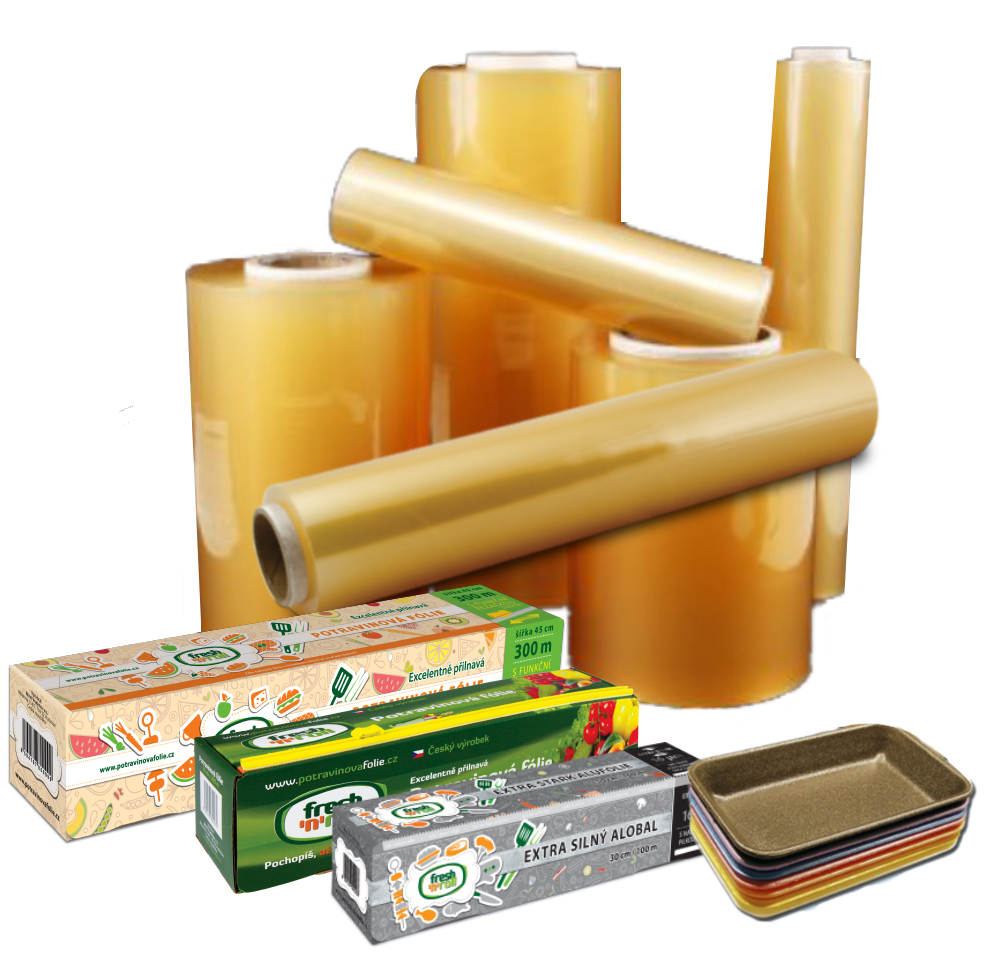When it comes to choosing the right material for various applications, durability and longevity are crucial factors to consider. In this blog post, we will delve into the comparison between PVC (Polyvinyl Chloride) and polycarbonate, two commonly used materials in different industries. By examining their properties, applications, and long-term performance, we aim to determine which material lasts longer and provide valuable insights for decision-making.
- Understanding PVC:
PVC, a versatile thermoplastic polymer, has gained popularity in various industries due to its exceptional durability and cost-effectiveness. Its longevity is attributed to several factors:
a) Chemical Resistance: PVC exhibits excellent resistance to chemicals, including acids, alkalis, and solvents. This property ensures its long-term stability and prevents degradation in harsh environments.
b) Weatherability: PVC possesses remarkable resistance to UV radiation, making it suitable for outdoor applications. It can withstand prolonged exposure to sunlight without significant degradation, ensuring its longevity in outdoor settings.
c) Mechanical Strength: PVC offers good mechanical strength, enabling it to withstand heavy loads and impacts. This property contributes to its durability and long-lasting performance in applications such as pipes, cables, and construction materials.
- Exploring Polycarbonate:
Polycarbonate, a transparent thermoplastic, is widely recognized for its exceptional impact resistance and optical clarity. Let's examine the factors that contribute to its longevity:
a) Impact Resistance: Polycarbonate is virtually unbreakable, making it highly durable in applications where impact resistance is crucial. It can withstand heavy blows without shattering, ensuring its longevity in safety equipment, automotive components, and protective barriers.
b) UV Protection: Similar to PVC, polycarbonate possesses inherent UV resistance. However, over time, prolonged exposure to UV radiation can cause yellowing and degradation. To enhance its longevity, manufacturers often apply UV protective coatings or incorporate UV stabilizers.
c) Temperature Resistance: Polycarbonate exhibits excellent temperature resistance, maintaining its mechanical properties across a wide range of temperatures. This characteristic ensures its longevity in applications exposed to extreme heat or cold, such as greenhouse panels or electrical enclosures.
- Comparing Longevity:
Determining which material lasts longer, PVC or polycarbonate, depends on the specific application and environmental factors. While both materials offer impressive durability, certain considerations can influence their longevity:
a) Application-Specific Factors: Understanding the unique requirements of your application is crucial. Factors such as exposure to chemicals, UV radiation, temperature fluctuations, and mechanical stress should be carefully evaluated to select the most suitable material for long-term performance.
b) Maintenance and Care: Proper maintenance and care significantly impact the lifespan of both PVC and polycarbonate. Regular cleaning, avoiding harsh chemicals, and implementing protective measures can extend the longevity of these materials.
c) Manufacturer Quality: The quality of the material and manufacturing processes play a vital role in determining longevity. Choosing reputable manufacturers known for their adherence to quality standards ensures the reliability and longevity of the selected material.
Conclusion:
In the PVC vs. polycarbonate longevity battle, both materials offer impressive durability and longevity in their respective applications. PVC excels in chemical resistance and mechanical strength, while polycarbonate shines in impact resistance and optical clarity. To make an informed decision, carefully assess the specific requirements of your application, consider environmental factors, and choose a reputable manufacturer. By doing so, you can ensure the longevity of your chosen material and optimize its performance in the long run.

